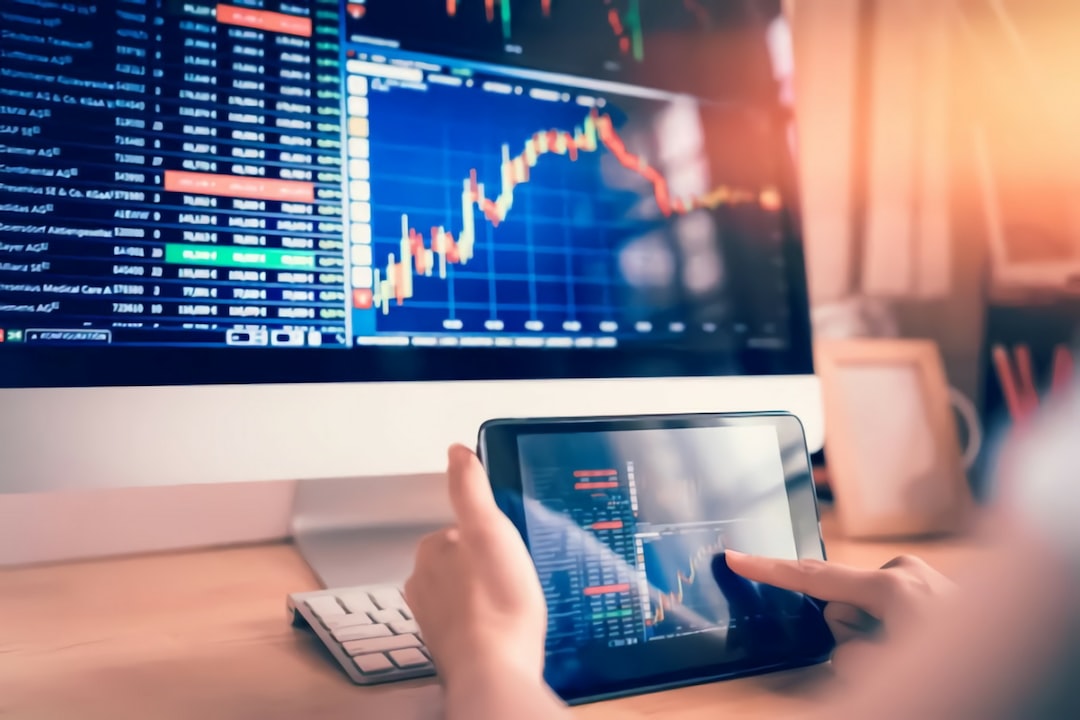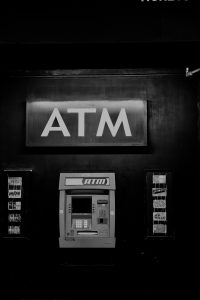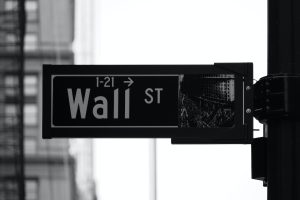Forex or foreign exchange trading is a popular way of investing money in the financial market. The forex market is the largest and most liquid financial market in the world, with trillions of dollars traded every day. One of the most important aspects of forex trading is understanding the concept of margin.
Margin is the amount of money that a trader needs to deposit with a broker in order to open and maintain a trading position. It is essentially a collateral or security deposit that allows traders to place larger trades than their account balance would ordinarily allow. Margin is typically expressed as a percentage of the total trade value, and it varies depending on the broker and the currency pair being traded.
Margin requirements are one of the key factors that can affect a trader’s profitability and risk exposure. A higher margin requirement means that traders need to deposit more money to open and maintain a position, which can reduce the amount of capital available for trading and increase the risk of margin calls or stop-outs. A lower margin requirement, on the other hand, can allow traders to take larger positions with less capital, but it can also increase the risk of losses if the market moves against them.
One commonly used margin requirement in forex trading is the 3% margin. This means that a trader needs to deposit 3% of the total trade value as margin to open and maintain a position. For example, if a trader wants to buy 10,000 units of EUR/USD at a price of 1.2000, the total trade value would be $12,000 (10,000 x 1.2000). To open this position with 3% margin, the trader would need to deposit $360 (3% of $12,000) as margin.
The 3% margin requirement is typically offered by brokers who provide higher leverage ratios. Leverage is another important concept in forex trading, which refers to the ratio of the total trade value to the amount of margin required. For example, if a trader uses 3% margin to open a $12,000 position, the leverage ratio would be 33:1 (12,000/360). This means that the trader is controlling $33 in the market for every $1 of margin.
Higher leverage ratios can amplify both profits and losses, as traders can potentially earn more money with smaller movements in the market, but they can also lose more money if the market moves against them. Therefore, it is important for traders to use leverage wisely and to manage their risk exposure accordingly.
The 3% margin requirement can be suitable for experienced traders who have a solid understanding of the market and a well-developed trading strategy. It can allow traders to take larger positions with less capital, which can potentially generate higher returns. However, it is important to note that higher leverage ratios can also increase the risk of margin calls or stop-outs, which can result in the loss of the entire margin deposit.
In conclusion, the 3% margin requirement is a common margin requirement in forex trading that allows traders to take larger positions with less capital. It is typically offered by brokers who provide higher leverage ratios, and can potentially generate higher returns for experienced traders. However, it is important to use leverage wisely and to manage risk exposure carefully to avoid potential losses. As with any investment, it is crucial to do thorough research and seek professional advice before entering the forex market.





